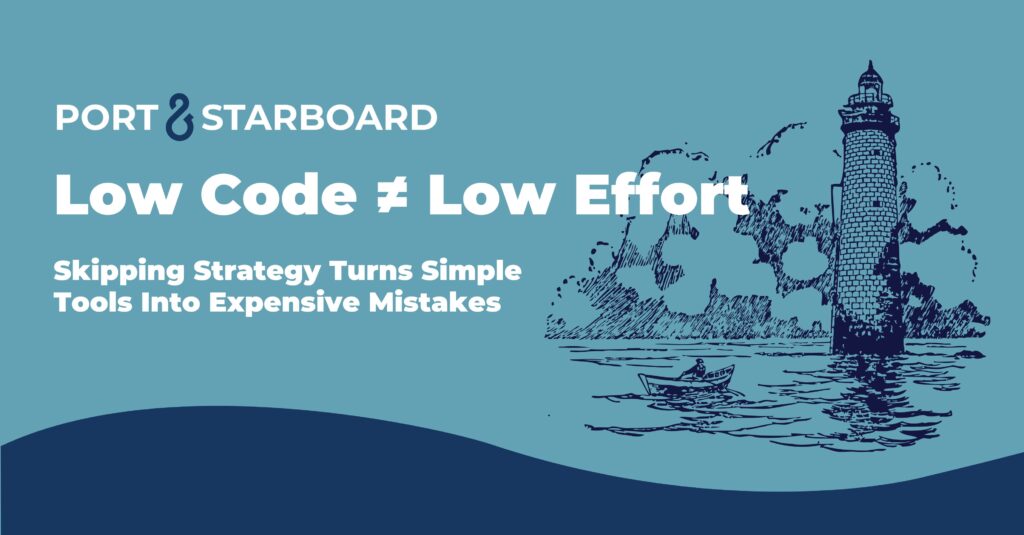First off, what is data migration? Simply put, it’s the transfer or migration of all of your data from one system to another. Hopefully you’re upgrading to a more intuitive and customizable solution. But either way, your data needs to get there! When it comes to a data migration within Salesforce, it can take up over half the labor during a deployment. It’s a costly part of the process because that data equates to dollars on your bottom line. That’s why we mean it when we say: don’t DIY your data migration.
So, how do you know where to start? If you guessed “hire a professional team of consultants,” you’d be correct. Letting professionals in from the beginning ensures attention to detail from day one, instead of trying to migrate the data on your own, getting a few weeks in and then calling for backup. Here’s why you should hire consultants to handle the project:
They know how to handle messy data.
This is the case for most organizations. And consultants are used to it! Frequently, data is bogged down with inconsistencies or duplications. This will lead to reports failing and the headaches of sorting through the mess set in. Letting consultants into your organization who are specialized in seeking out this “dirty data” and deduplicating it first allows you to start fresh on your new platform without having to backtrack and handle a messy situation.
They understand the importance of formatting.
New system = new formatting. It would be nice if there was a universal design when it comes to field types in different platforms, but that’s not our reality. Lifting the data from an Excel sheet sounds easy but only if you take the time to parse or merge these fields. This means if you are trying to split two fields into individual fields on your new system, combing through data line-by-line is required. The same process is needed to combine two fields into one. Getting this right the first time is imperative to the overall success of your migration.
They take the lead when it comes to mapping.
Before you can send your data to a new place, you need to have a clear plan of where it is going and how it will get there. That is mapping. If your current system has one field for collecting names, your new one might have two fields for first and last name. There is also the task of defining field names for the data to be stored. The mapping process becomes even more complex with tables and triggers getting in the mix. But this piece of the puzzle is crucial for your data to be stored in the new system properly.
They understand the time involved for the actual import.
Once you’ve made it through all of the prep work and arrived at the importation, it can feel like a relief. But you’re not done yet. Importing the data usually requires an individual session for each table. This means the more tables you have, the more sessions are needed to complete a full migration. You’ll want a consultant who is patient and detail oriented so that no important tables are left behind.
Data migrations have an understated importance for your business. But if they’re done incorrectly, everyone on your team is going to suffer from the disorganization, missing pieces, and failed reports. That’s why bringing in skilled consultants to oversee the operations and lead the migration process is key to a successful transfer. It might be more cost effective to do it yourself. But you’ll probably end up paying more later on to clean up the mess.




